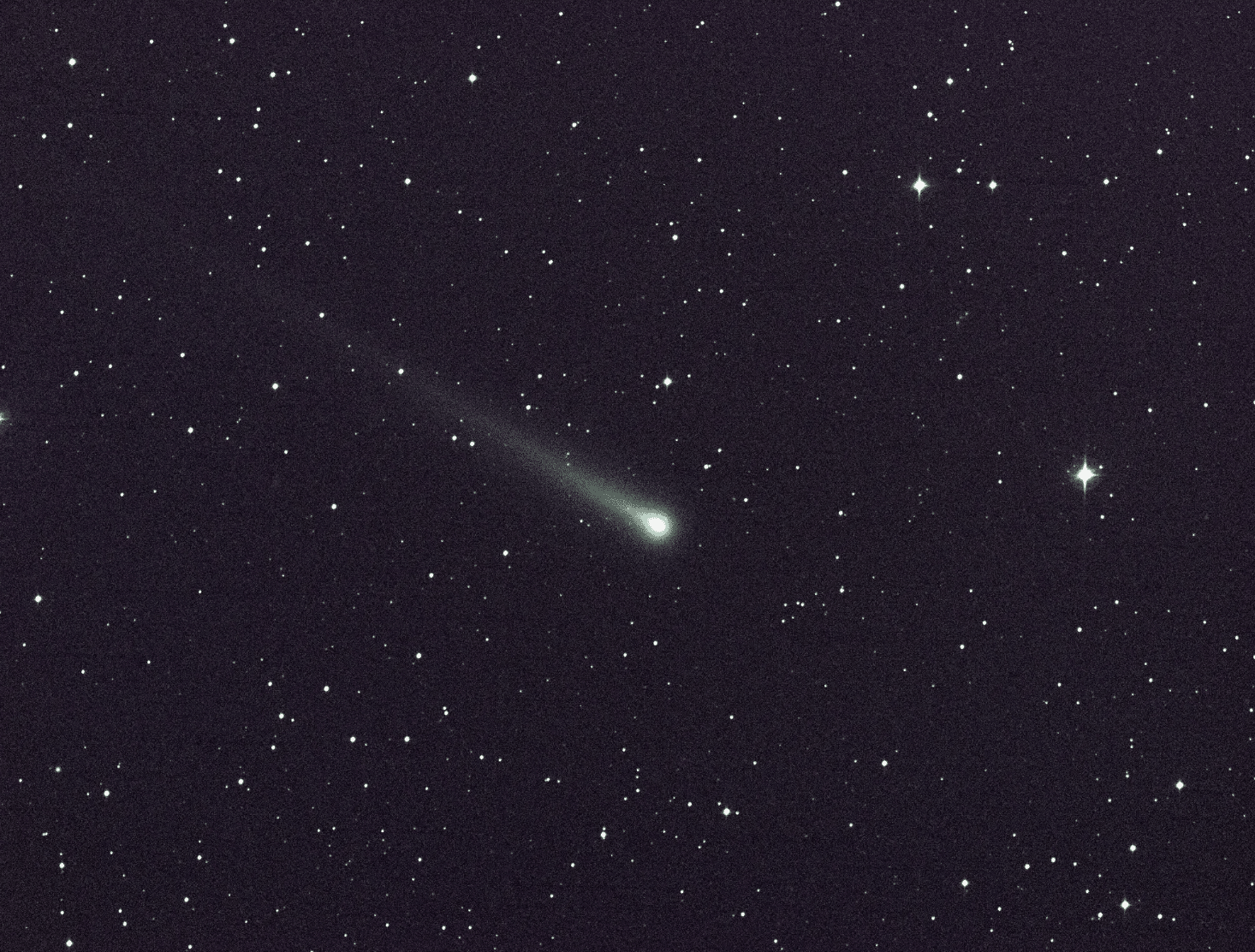The next few weeks offer a unique opportunity to witness a rare, green comet streaking through the night sky.
12P/Pons-Brooks, a comet larger than Everest, has already been spotted by amateur astronomers. It should become increasingly visible to the naked eye as it approaches the sun over the next month.
This cosmic object visits us only once every 71 years. It could be the cherry on top for those lucky enough to see the April 8 solar eclipse, as it may pop up in the darkened sky when the moon blocks out the sun.
By the end of March, it could be about 5th-magnitude brightness, which means it should be just about visible to the naked eye, and its characteristic tail should start to appear, Space.com reported.
If you’re in the Northern Hemisphere, aim to see the comet before April 21, when it makes its closest approach to the sun. After that, it will lower under the horizon, becoming visible to those in the Southern Hemisphere until the end of the year, according to the star-gazing app Starwalk’s website.
Your best bet is to head to the countryside, away from city lights. It should be bright enough to see with the naked eye, but just barely, so it’s a good idea to bring binoculars to help spot the cosmic object.
It’s worth noting that this celestial visitor can surprise us. It recently made headlines when it unexpectedly became about 100 times brighter.
This rare flare transformed the comet’s gas cloud into a fleeting horseshoe shape. This earned the comet nicknames like the Devil Comet or the Millennium Falcon Comet.
Other flares have since been spotted, and it’s possible they could happen again as 12P/Pons-Brook heads toward Earth.
It’s not clear what caused the flare-ups, but astronomers have suggested this could be a rare case of a comet with volcanic activity at its surface.
When planning your stargazing adventure, choose the days closest to a new moon, as the moon can outshine cosmic objects when it is full.
Make sure to check the weather forecast before heading out — an overcast evening can ruin a good stargazing plan.
















